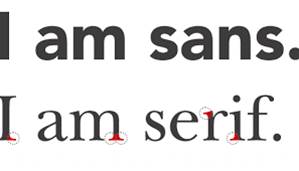Camerawork blog tasks
1) Pick three camera shots from the Doctor Who scene and explain what type of shot it is and what meanings or effect they have on the audience.
Medium close up (MCU): We as an audience are forced to become more focused on what the character is doing/ saying as less of the background is within view, it implies that whatever the character is doing/saying is relevant to the plot.
Close up (CU) : It creates a sense of urgency as the camera closes in on the character, suggesting they have something important to say or as if the situation is dire and is closing in on them to emphasise their mortality.
Medium shot (MU): It's more casual/ loose, leaves some room for the background and the characters to set out the scene a little and help with progression.
Medium long shot to Medium shot: It's more foreboding as it closes in on the main character, there's a feeling that he's in and urgent situation and has to act quickly. It creates suspense as we find out what is about to happen to the scientist. The hallway also contributes to the shot as it is long yet enclosed, leaving only one way to turn and run.
Aerial / Bird's eye view shot: The character looks smaller and weaker, giving us the ability to infer the context of the situation and to predict what is about to happen as the character is seen as 'the prey' in the dynamic and is lunged at and eaten inside the elevator by an unknown monster. Keeping the monster hidden is an intentional move as it keeps the viewer in the dark and makes them want to figure out what this thing is.
- Wide shot / establishing shot (WS/ES)
- Long shot (LS)
- Medium shot (MS)
- Medium close up (MCU)
- Over-the-shoulder shot (OTS)
- Close up (CU)
- Big close up / Extreme close up (BCU/XCU)
- High angle: makes subject look small and weak.
- Low angle: makes subject look big and powerful.
- Unusual perspective: can be used to surprise the audience or show danger (e.g. looking down off a cliff)









Comments
Post a Comment